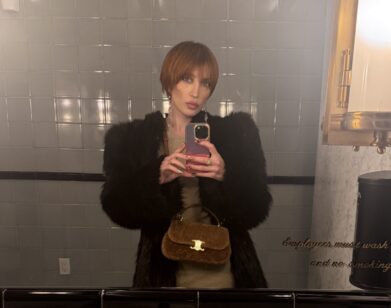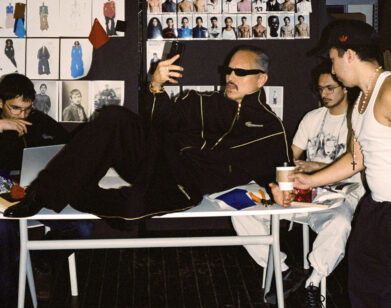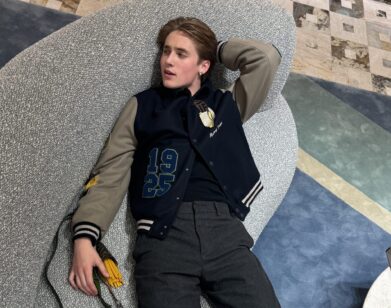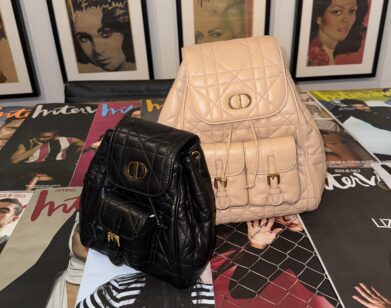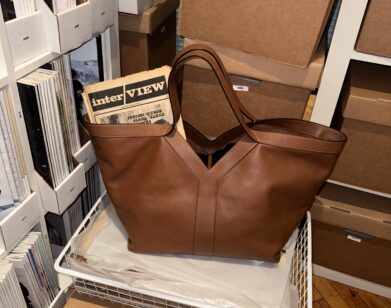Cottweiler Goes to Cairo
In the earliest days of Cottweiler, founders Matthew Dainty and Ben Cottrell would debut their collections on Tumblr, selling an extremely limited number of pieces to order. The initial recognition for the brand, therefore, didn’t come from critics, but from the online community who picked up on the images, some of which would even go viral on the site.
Though the duo have held physical runway shows in the nine years since they’ve often sidestepped conventional fashion week formats, showing previous seasons at London’s ICA, The Rambert School of Ballet, and space 12 floors below a multi-story car park. This season, they’ll eschew the physical entirely in favor of a return to their earliest iteration, a digital runway which will screen on 4:3 on Wednesday 19th June.
The collection draws heavily on their recent trip to Cairo, where Dainty’s grandmother lived, and whose visuals were a formative influence. Together with the singer Natacha Atlas, and their longtime collaborator Daniel Swan, they’ve created a film that simulates, “a sunset to sunset, 24-hour journey.” Over the phone, Dainty shared their camera roll from their time there, photos which served as the basis for both collection and runway.
———
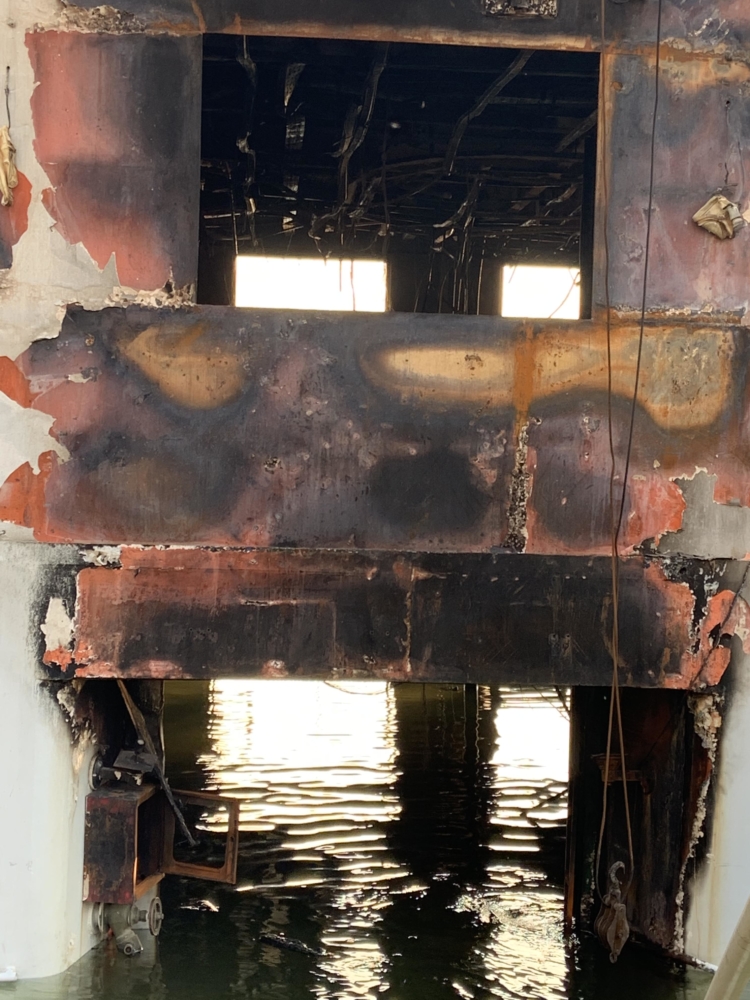
“This is an abandoned, derelict cruise ship that was on the Nile. It’s on the industrial side of the river, which is the part that most tourists don’t see, and it was interesting because this whole part has been reclaimed by the people that live in the city. Surrounding this ship, which still has all the tables and chairs and everything set up even though it’s all burnt down, are these beautiful community gardens that are being built. The story of the film and the collection begins with this industrial backdrop, and as the film continues it becomes more open and connected to nature.”
———
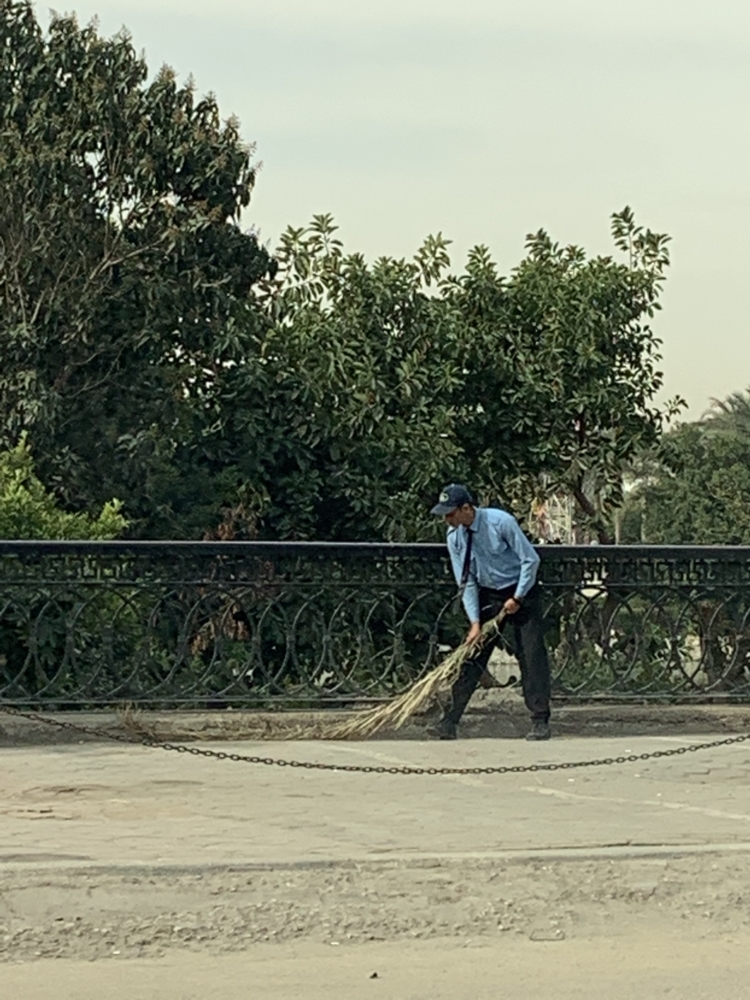
“He’s sweeping the floor with a palm leaf, and there’s this liquid uniformity in what he’s wearing, sportswear with casual wear. There’s a big section in the collection which is all men’s pinstripe shirts, but the models will all be wearing caps and sunglasses; it’s this soft tailoring look. The idea is that it’s a work uniform, but it’s been split open and also made Cottweiler, if you like.”
———
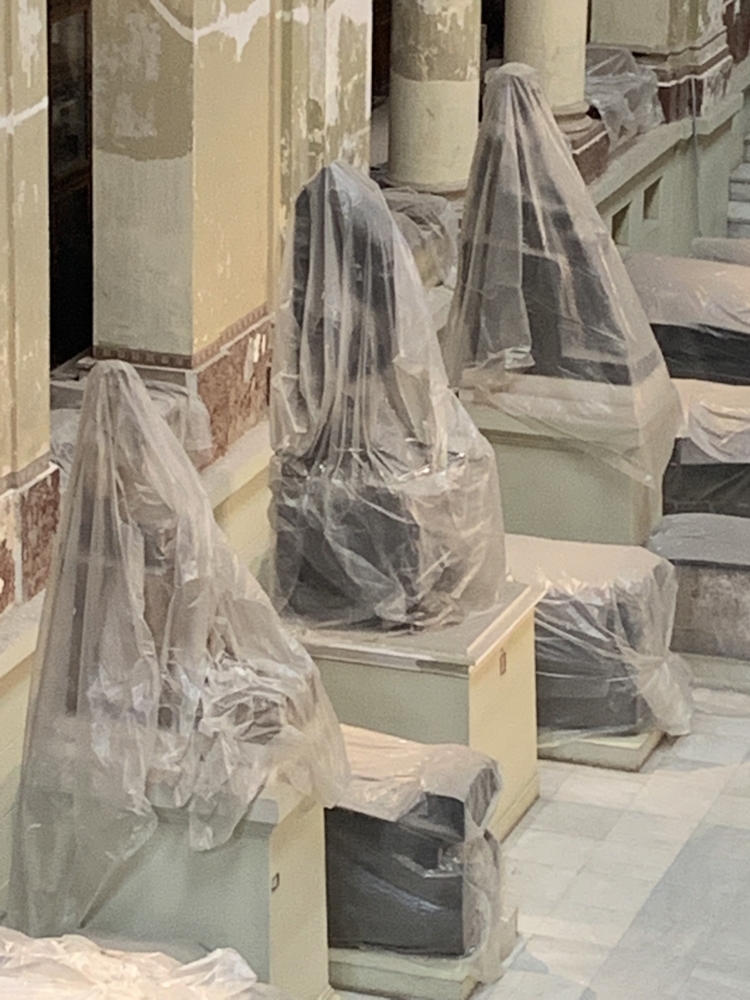
“This was the first time we’d ever been to Cairo’s Egyptian Museum, and unfortunately in the main hall all of the iconic statues were covered in plastic. For us this is about our relationship to history and how it’s displayed, and also this contrast of man-made synthetic materials and organic ones, which are all coming together in a way. They were preparing all of that stuff to be transported to the new Cairo museum, so when we went it was really the last chance to see those things in the iconic building.”
———
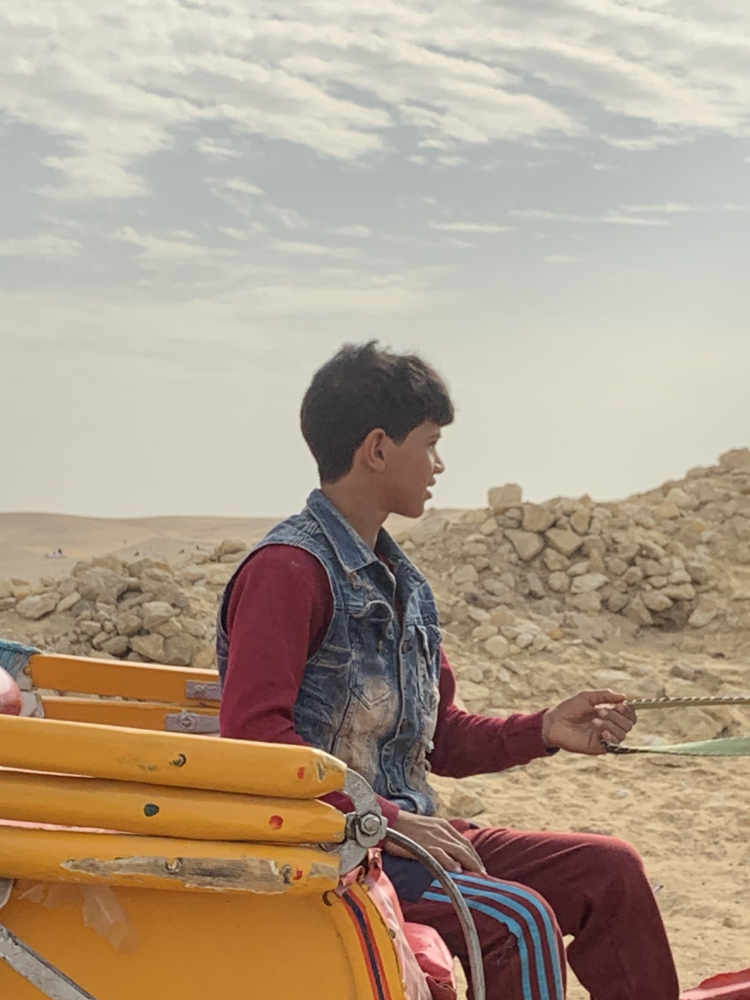
“This is a really important image in terms of both reinterpreting sportswear and the kind of looks that we see as Cottweiler, and how they can be translated in other parts of the world. This is one of the donkey riders—he was actually working at the pyramid—and we loved his look. The red (the color of Egypt’s football team) tracksuits that you see on the streets here have been a big influence, and we’ve done a lot of stonewashed-looking denims for the first time too.”
———
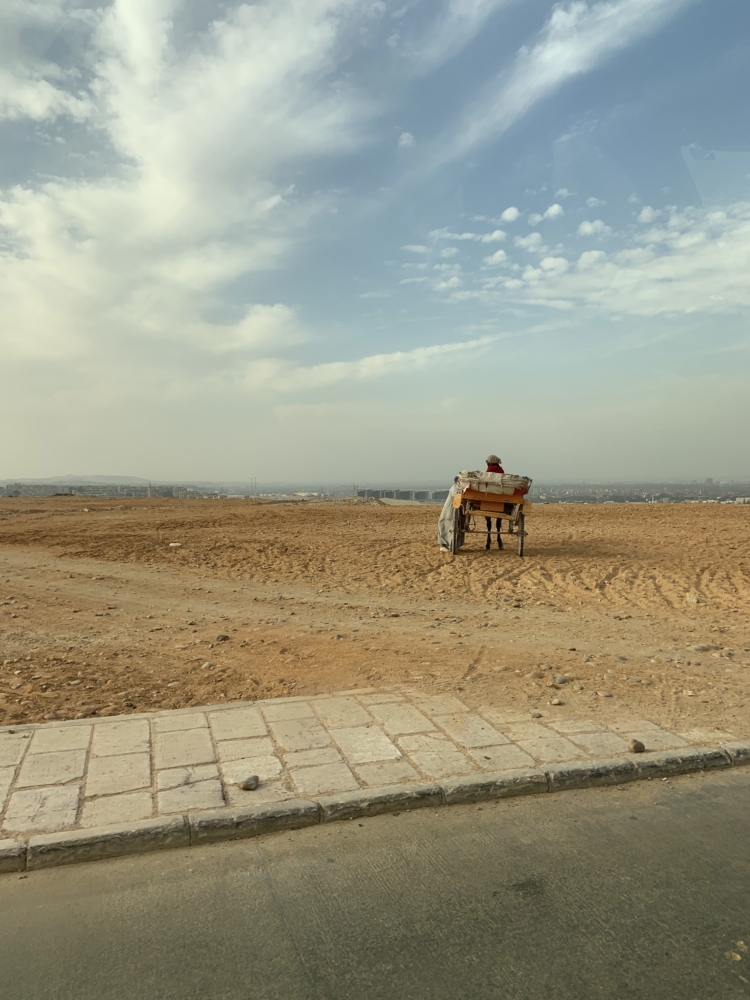
“This photo is being used as a reference for one of the environments in the film. Daniel Swan has digitally rendered our research to create the backdrops for the runway, and this stone path has sort of become the runway. This image has helped capture the atmosphere and digitally render it into the film.”
———
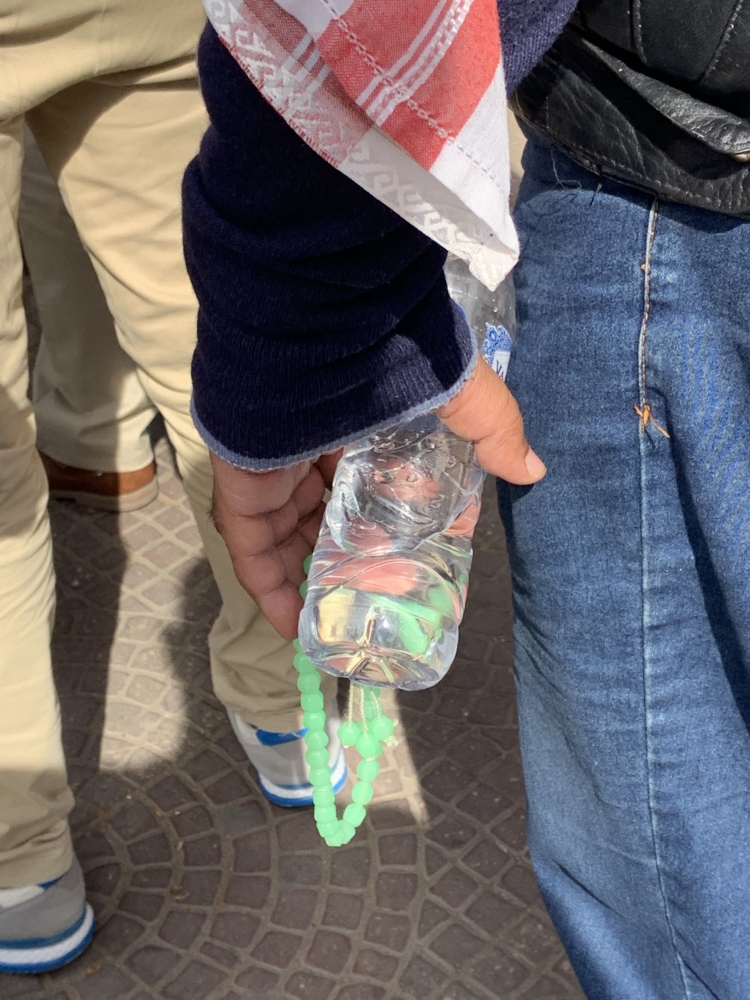
“We actually have a lot of photographs, from everywhere we’ve been, of people holding and drinking water bottles. There’s always been a connection with water in everything that we’ve done, from early on. In the first collection that we ever shot, in this forest in Prague, there was this image of a boy in a transparent crystal tracksuit drinking a big bottle of water with the sun shining through it. That became a sort of earmark for our identity, this association with sport and nature.”
———
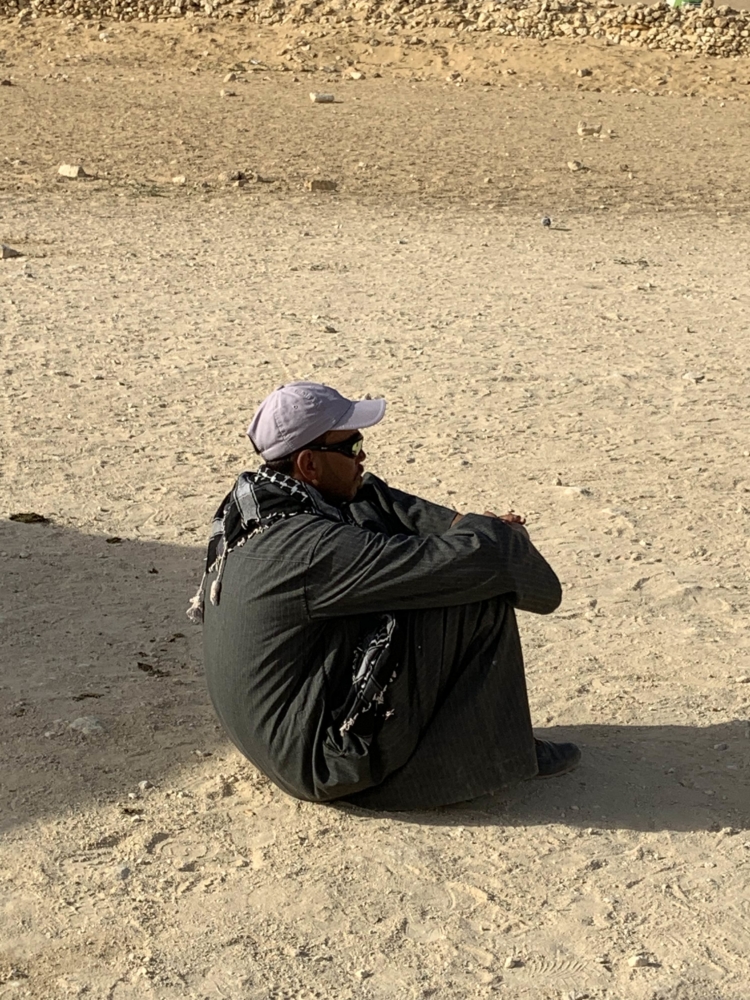
“Part of the 4×4 trip that we took through the desert in Faiyum, which is an oasis about three hours south of Cairo. Obviously, we take a lot of inspiration from sportswear, and in previous collections we’ve looked at the relationship between British sportswear and European style. In a similar way what we really noticed in Egypt is this real love for sportswear but worn in a different way. But this look, of the cap and the sports sunglasses is kind of a Cottweiler look as well, so we always find these similarities with how people dress, in terms of how we build our collections as well.”
———
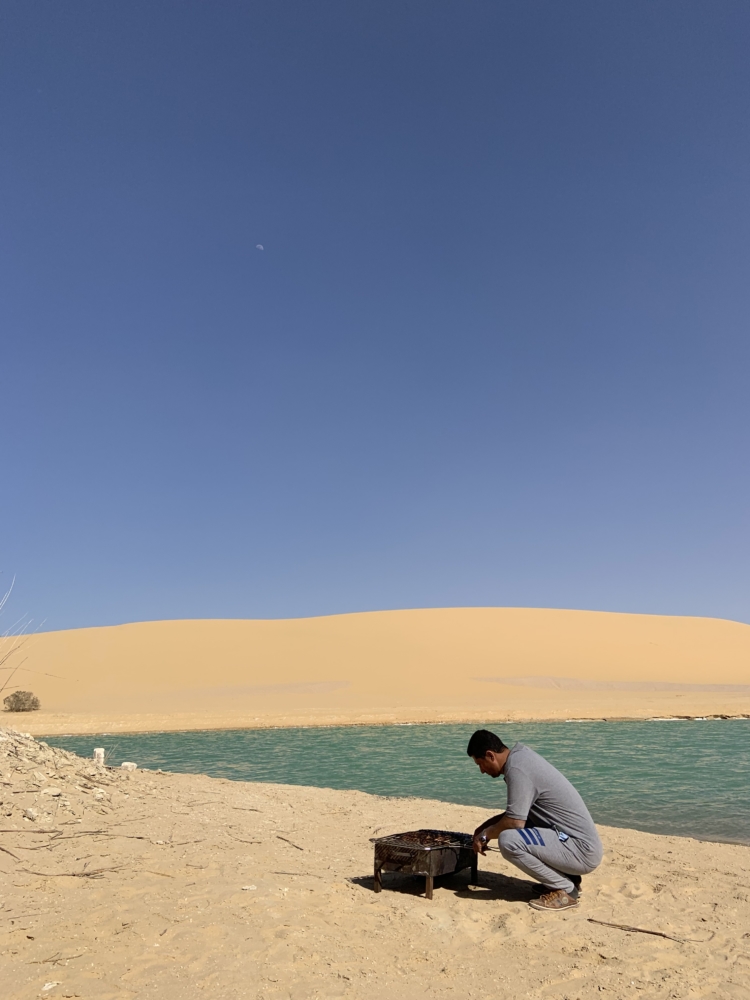
“A crystal-clear salt water lake in the middle of the desert, that we went swimming in. It’s huge and splits into a few different sections. It’s apparently one of the most ancient bodies of water in the world.”
———
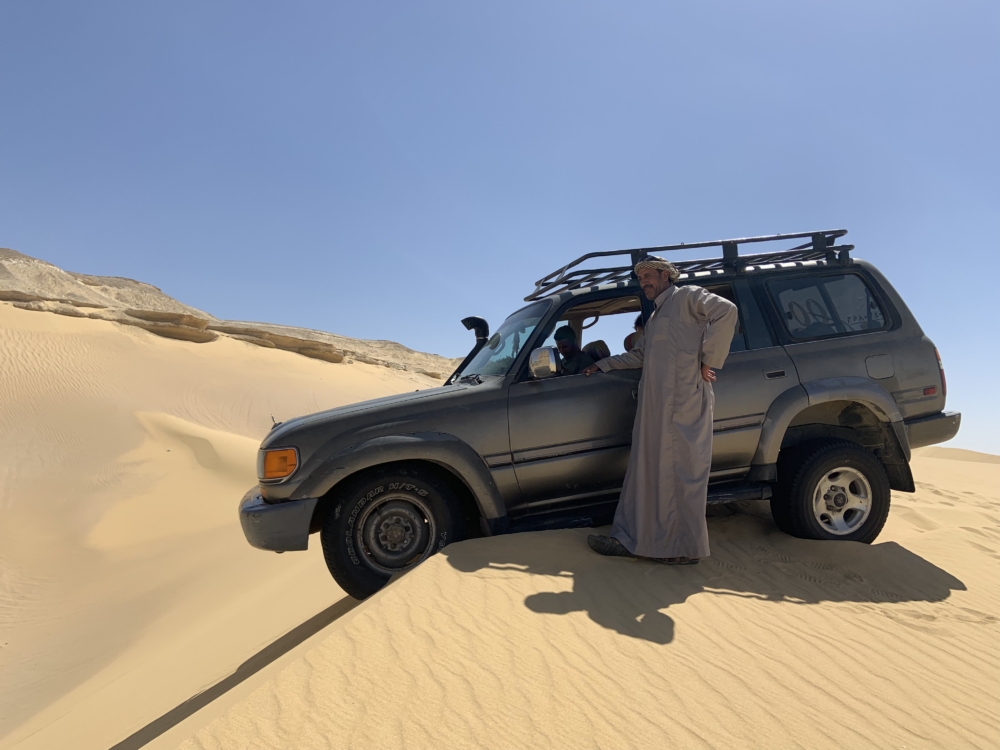
“This point is where our guide decided to stop, and right in front of that car is this huge drop, at the bottom of which are about five or six smashed car windscreens. He decided to balance the car and get us all to take a photo, and then we all got back in and he dropped the car off the ledge, straight down to the bottom.”
———
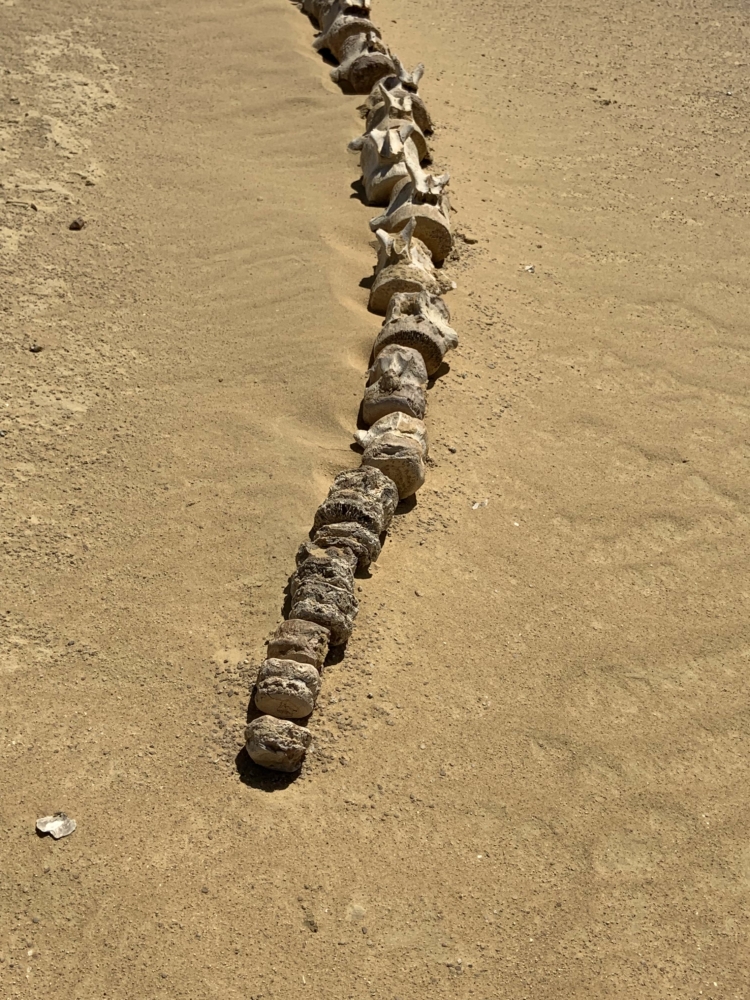
“This is a whale vertebrae in a place just past the oasis which used to be an ocean, around 40 million years ago. It’s where they found the remains of the earliest whale and discovered that whales were actually land mammals before they went into the sea. We were the only two people for miles of the desert, standing next to these skeletons.”
———
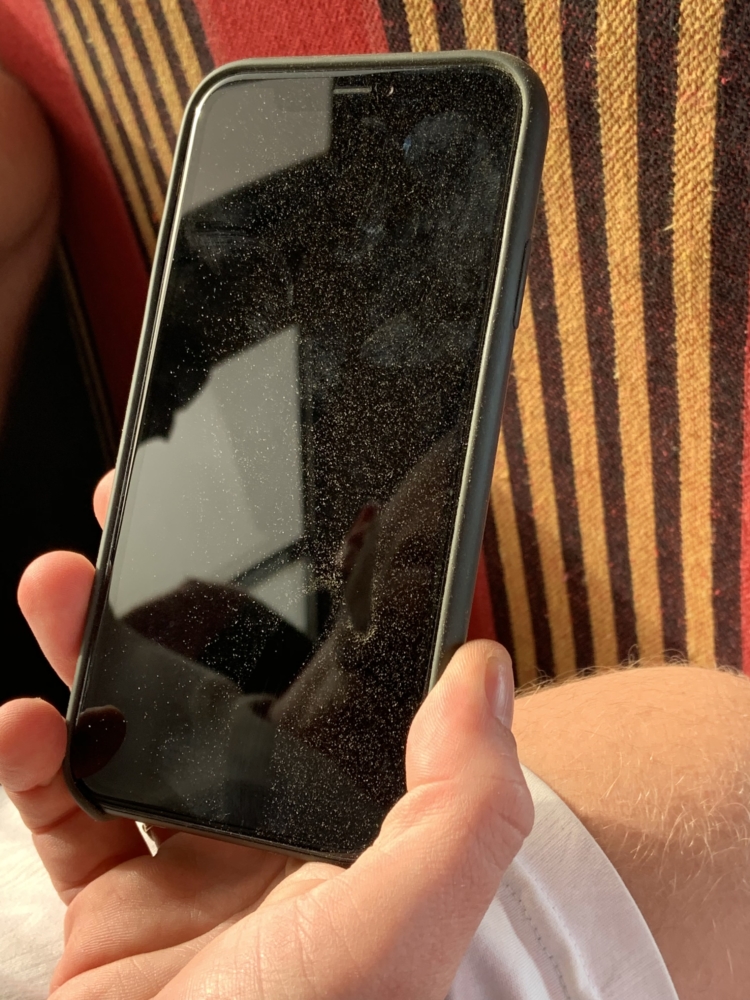
“Again this is a running theme throughout a lot of our research imagery, and I guess this represents how we see the future and how we’ve always tried to represent it in terms of human interaction with technology. Like a finger smear across a touch screen, it shows how nature and human interaction will always affect what our vision of a glossy future really is. It’s a reminder that no matter how futuristic or technologically advanced we are, we will always find a way to make something look used, and it will always be affected by its environment.”

